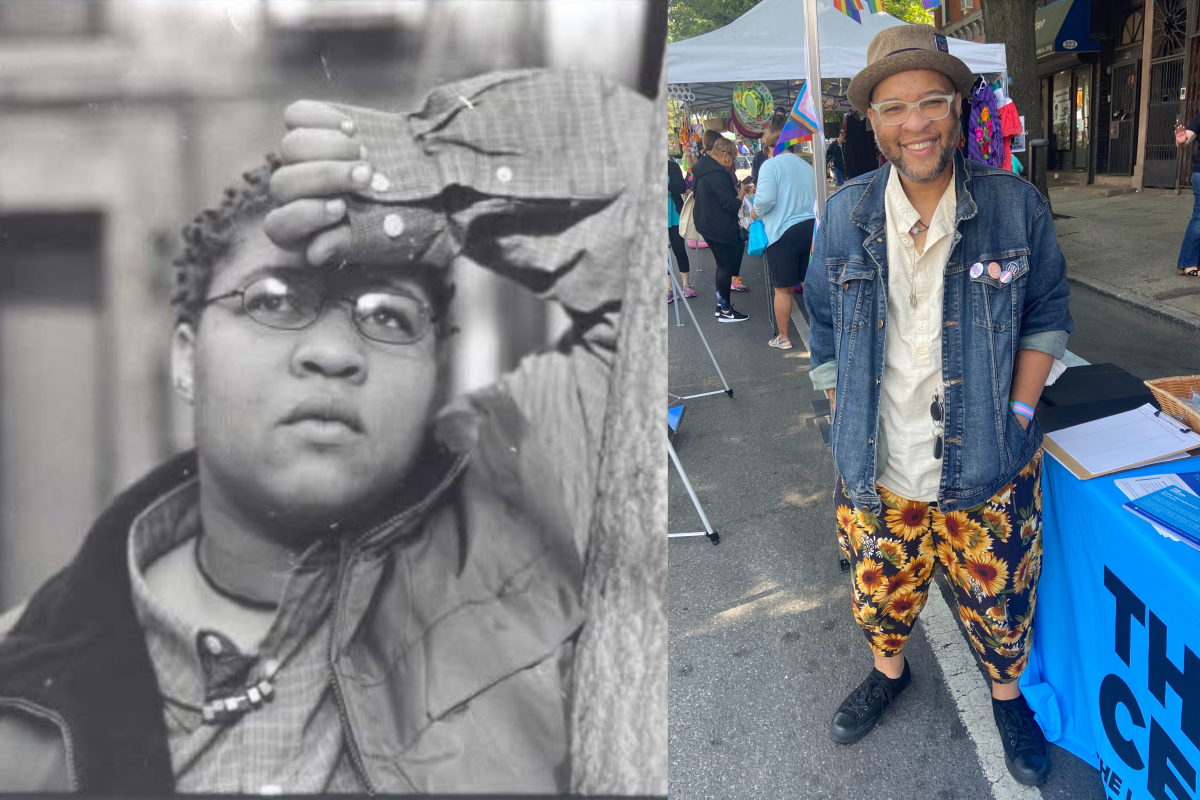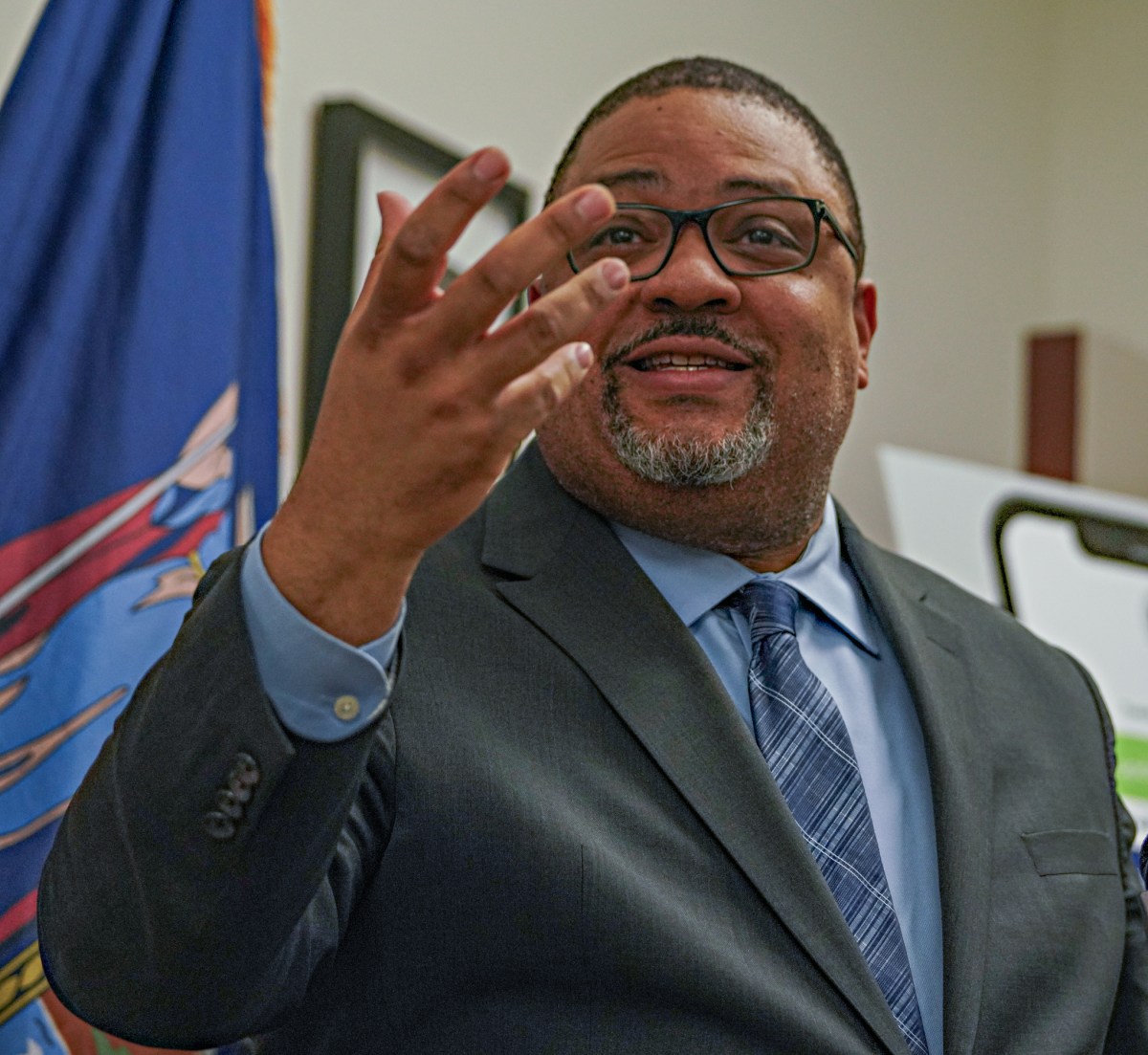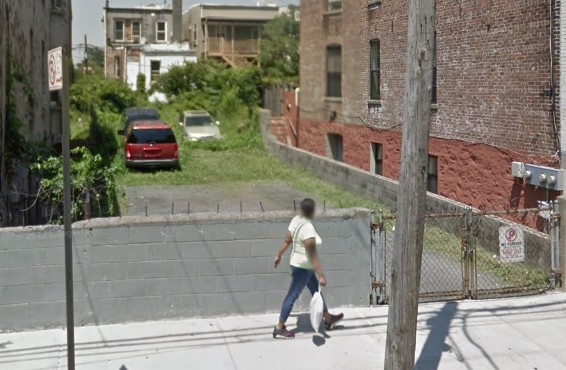In New York City, an estimated 500 to 1,000 transgender and gender non-conforming (TGNC) youth experience homelessness on any given night. Yet, despite their growing presence, they remain among the most vulnerable and underserved populations. Many face rejection from family, discrimination in shelters, and a lack of affirming services leaving them with few safe options.
I know this reality well. I was one of them.
Finding Community in a Broken System
In the winter of 1999, I arrived at New York City’s Port Authority with a small duffel bag slung over my shoulder and nowhere to go. I was 18, homeless, and searching for safety. Like many LGBTQ+ youth, I came to the city seeking freedom and belonging. But instead of finding refuge, I was met with the harsh realities of life on the streets.
At the time, there were few resources for homeless youth, and even fewer for those who were LGBTQ+. Shelters and other emergency housing options were far from affirming. In many cases they caused more harm than good. I was once turned away from a shelter simply because I refused to dress according to the gender marker on my ID. I was given a choice: present as female or be denied a bed. I chose the street.
Eventually, I met a friend at a youth shelter in Atlantic City who told me about The NYC LGBT Community Center — back then, still called The Gay and Lesbian Center. She described it as a place that could help people like me.
Following her advice, I walked through the cold Manhattan streets, scanning for the rainbow flag she had mentioned. When I finally spotted it, waving against the gray winter sky, I felt a flicker of hope.
Inside, the warmth hit me immediately. I approached the front desk, my voice shaky with exhaustion. “I just got here,” I said. “I don’t have anywhere to go.”
The man at the desk didn’t hesitate. “Got it,” he said. “Let’s see what we can do.”
I walked out of The Center that evening with a list of potential resources, two subway tokens, and a few snacks. It wasn’t a solution, but it was a start.
That night, for the first time in a long time, I felt less alone.
The reality for transgender youth in NYC
Homelessness is already a traumatic experience. For TGNC youth, it is compounded by the constant battle for recognition and dignity. Many are subjected to misgendering, deadnaming, and even violence in shelters meant to protect them.
Data shows that the risks facing trans youth extend far beyond homelessness itself. A lack of stable housing significantly increases their vulnerability to mental health struggles, substance use, and exploitation. Today, the landscape has shifted, but not nearly enough. According to The Trevor Project, 28% of LGBTQ+ youth report experiencing homelessness or housing instability at some point in their lives. Among transgender youth, the numbers are even higher:
● 38% of transgender girls/women
● 39% of transgender boys/men
● 35% of non-binary youth
Despite these alarming statistics, the support systems meant to serve homeless youth are still failing TGNC individuals. Many shelters lack trans-affirming policies, forcing youth into spaces that do not align with their gender identity. For trans youth, this often means making an impossible choice: endure harassment and misgendering in a shelter or face the dangers of sleeping on the streets.
Research shows that LGBTQ+ youth experiencing homelessness are more likely to report severe mental health issues compared to their cisgender, heterosexual peers.
The consequences are stark. For many TGNC youth, the streets feel safer than the shelters meant to protect them.
Trans youth need more than survival — they need stability
Despite some progress, the gaps in services for TGNC youth remain vast. The city’s current shelter system is still largely unprepared to meet the needs of trans and non-binary individuals. Beds specifically designated for TGNC youth are limited, and waitlists for LGBTQ+-affirming housing programs remain long.
Many TGNC youth who enter the system continue to report being misgendered by staff, placed in gender-inappropriate housing, or exposed to harassment. Even in programs designed for LGBTQ+ youth, trans individuals — particularly trans women of color — continue to face disproportionate barriers. Shelters that claim to be inclusive often fail to provide staff with adequate training, leaving TGNC youth vulnerable to harm.
Without affirming housing options, the risk of long-term instability increases. Studies show that LGBTQ+ youth who experience homelessness are at greater risk of chronic homelessness, with many cycling in and out of unstable housing situations well into adulthood.
A Model for Change: The Coalition for Radical Advocacy and Empowerment
The current system is not enough. That is why I helped build The Coalition for Radical Advocacy and Empowerment — a network of organizations and youth dedicated to reshaping support systems for trans and LGBTQ+ youth.
Our model is based on four key pillars:
● Education: Training service providers on how to affirm and support TGNC youth.
● Advocacy: Fighting for policies that center their needs in housing, healthcare, and education.
● Prevention: Addressing homelessness before it happens through targeted interventions.
● Direct Service: Providing peer mentorship and leadership development opportunities.
One of our most successful initiatives is The Queer Code, a youth advisory board of LGBTQ+ youth with lived experience — centering BIPOC and TGNC voices. These young leaders are trained and paid to advocate for systemic changes in NYC’s Runaway and Homeless Youth (RHY) services.
By equipping trans youth with the tools to understand their rights, we empower them to navigate and challenge a broken system. When a young person walks into a shelter knowing exactly what they are entitled to, it changes the dynamic. It reduces the power imbalance and increases their chances of accessing safe, affirming care.
A Call to Action: Prioritizing Transgender Youth in Every Support System
Transgender youth cannot remain an afterthought in conversations about homelessness, healthcare, or education. Centering their needs must become a policy priority.
Key changes that would make a tangible difference include:
● More trans-affirming shelters and housing programs: Youth must be housed according to their gender identity without fear of discrimination.
● Mandatory cultural competency training: All service providers working with homeless youth should be required to undergo training on trans identities and affirming care.
● Expanded mental health services: Programs must be designed to address the unique trauma faced by trans youth, providing specialized, accessible care.
These are not abstract ideals — they are necessary reforms to create a safer, more equitable system.
Beyond Visibility: The Need for Systemic Change
Transgender Day of Visibility is about more than being seen — it must be about being heard and protected. Visibility alone does not put roofs over heads, guarantee access to gender-affirming care, or prevent violence.
I think back to my 18-year-old self, stepping out of Port Authority with nothing but hope. I found my way, but no young person should have to endure what I did just to survive.
Transgender youth deserve more than survival. They deserve safety, dignity, and a future. Ensuring that future requires more than symbolic gestures — it demands systemic action.
























